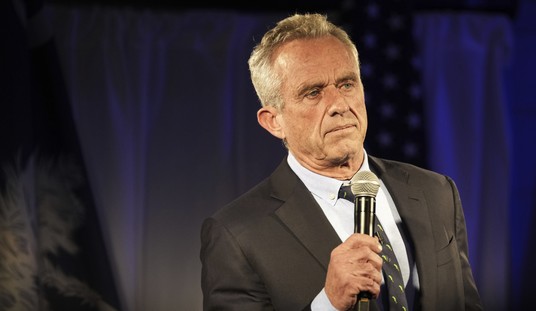One of the lessons learned from fighting roadside bombs is that that it is often more effective to go after the bomb makers than the bombs. The physics of counteracting IEDS that are already in close proximity work are against the defender. Once the bomb is upon you the scope for action rapidly shrinks. Ten meters standoff and 1 second to go leave very small margins for error. Demanding something that can stop a bomb within those parameters is akin to demanding magic. The same can be said of fighting aerial IEDs, or passenger-carried bombs.
Now it is harder than ever to keep a bomb from getting close.
About 2 months before the Christmas Day bomber struck CBS News produced a video describing the possible use of bombs carried within a body cavity, noting the technique had been used to try and kill “Prince Mohammed Bin Nayef, head of Saudi Arabia’s counter terrorism operations … [using] a trick from the narcotics trade – which has long smuggled drugs in body cavities – Asieri [the assassin] had a pound of high explosives, plus a detonator inserted in his rectum.” Before he was allowed to get close to the prince, Asieri was subjected to a much more arduous screening than that given to ordinary airline passengers.
[youtube KEKfDbYR9BA]
The problem for the internal bomb, as it is sometimes called, continues to be the detonator. The al-Qaeda asssassin sent to get Prince Mohammed Bin Nayef needed a wireless triggering device, implying a receiver which in principle can be detected. However there are now reports that al-Qaeda is working on surgically implanted PETN bombs which can be ignited by injections by persons posing as diabetics. In this case the detonator, as in the case of the Christmas Day bomber, will be a syringe. This remains a weakness for al-Qaeda but eventually they’ll think of something.
Since actual names of the persons boarding a flight are known only shortly before the airplane takes off, the operational problems of defending against an IED and the airline bomb are similar. The defender has too little time and too little space to react even assuming the dots are all connected correctly. The obvious thing to is to apply the same strategy used in combating terrestrial IEDs, which is to go after the network. That is where the real payoff is. Billions of dollars can be spent on armoring vehicles and installing more and more detection devices in airports but they are of limited use.
Ultimately terrorism has to be defeated by offensive action. The physics of the game mean attacks not likely to be defeated once they have been set in motion. Still less effective are measures taken after the fact a strategy which held a strange appeal for Janet Napolitano, who congratulated herself on everything working like clockwork after the Christmas Day attack. Nor is prosecution much good in operational terms, especially when the suspects cannot even be interrogated. “Bringing them to justice” is a good sound bite but it operationally it is a pretty meaningless one. The crime is already committed, the victims are already dead and the perp is already lawyered up. In the fight against the terrorist attacker the defensive strategy is probably a losing one.
| Tocque: Requires Javascript enabled in Firefox 3.5, IE 8.0, or Safari 4.0 |









Join the conversation as a VIP Member